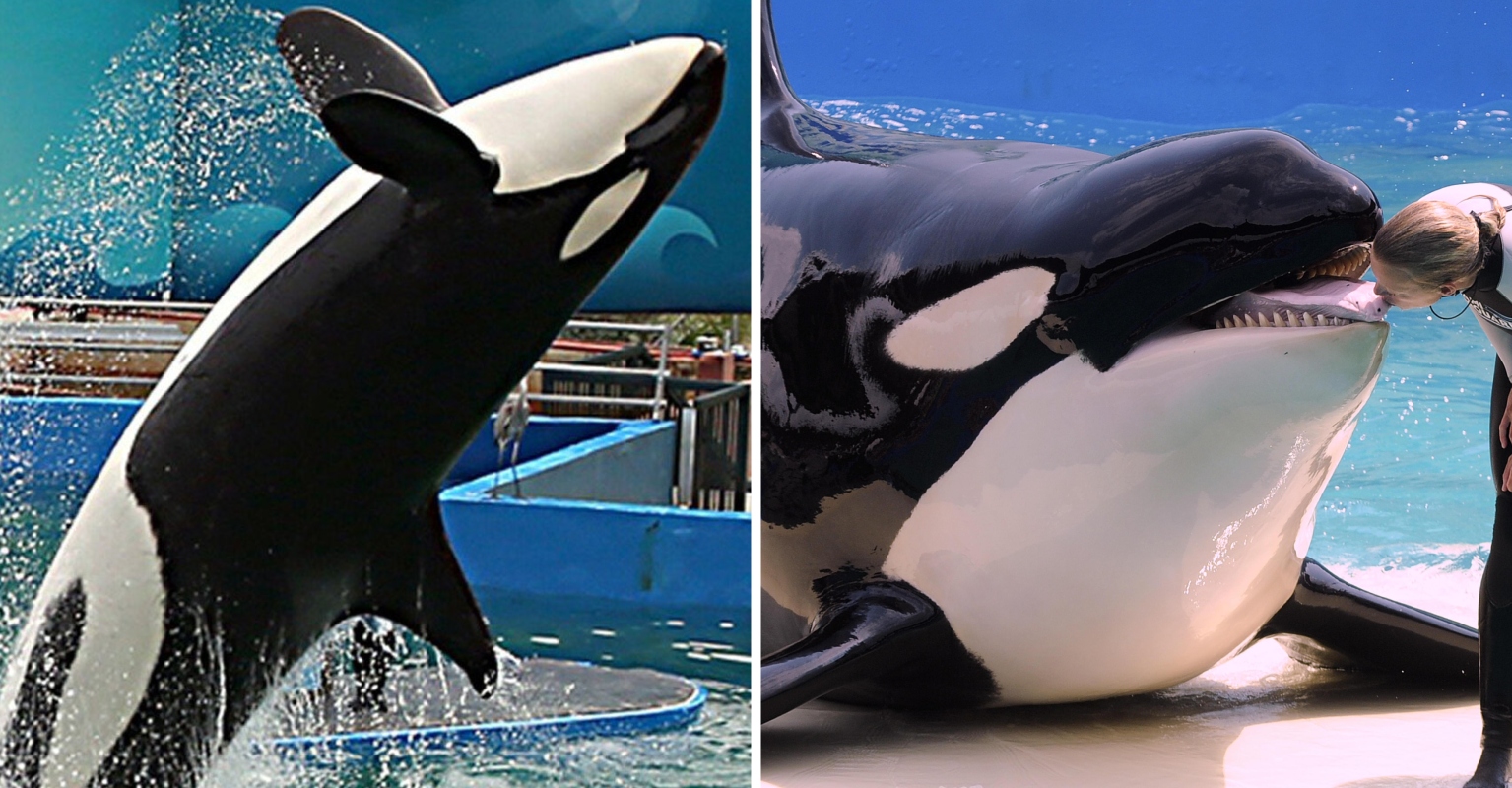For decades, SeaWorld has been both a symbol of marine entertainment and a lightning rod for controversy. Known for its spectacular shows featuring orcas leaping out of the water in carefully choreographed performances, the company has long faced scrutiny from activists, former trainers, and animal welfare organizations. Now, newly leaked information reveals that SeaWorld allegedly spent $75,000 in a quiet settlement to conceal an orca attack that took place behind closed doors. The incident, once hidden from the public eye, sheds disturbing light on what really happens inside those massive blue tanks.

The Hidden Incident
According to insider documents obtained by investigative journalists, the incident occurred in a restricted training pool, far from the view of the cheering crowds. A veteran trainer was conducting routine exercises with one of SeaWorld’s most well-known orcas when the animal suddenly lunged, clamping its powerful jaws around the trainer’s arm. The encounter lasted only seconds, but it was enough to cause severe injuries, leaving the trainer with multiple fractures and lacerations.
Witnesses reported chaos in the control room as emergency alarms sounded and staff rushed to the scene. “It all happened so fast,” said one anonymous former employee. “The orca went from calm to aggressive in an instant, and there was no way to stop it once it started.”
The trainer survived, but what happened next is just as troubling as the attack itself.

The Settlement and Silence
Instead of going public with the incident, SeaWorld allegedly moved quickly to keep the story from spreading. Internal communications suggest that the company reached a confidential settlement of $75,000 with the trainer, ensuring that no lawsuit would be filed and no public disclosure would be made. Staff were instructed to refer to the event as a “minor workplace accident,” avoiding any mention of the orca’s involvement.
“Everything was hushed,” revealed another insider. “We were told not to talk about it, not to mention the orca, not to mention the pool. They wanted it buried before it could damage the brand.”
A Pattern of Cover-Ups
This is not the first time SeaWorld has been accused of concealing dangerous incidents involving its killer whales. Over the years, numerous reports have surfaced about near-misses, injuries, and even deaths that were minimized or rebranded as accidents unrelated to the animals. Critics argue that SeaWorld’s multi-million-dollar empire depends on the illusion of harmony between trainers and orcas—a fragile illusion that begins to crumble when the truth emerges.
Animal welfare organizations have seized on the leaked documents as proof of systemic issues. “SeaWorld has always prioritized profits over transparency,” said a spokesperson for Marine Rights Watch. “These orcas are apex predators confined to small tanks, and their stress and frustration make these kinds of incidents inevitable. The public deserves to know.”
The Orca’s Side of the Story
Marine biologists emphasize that orcas are highly intelligent and social animals that do not naturally attack humans in the wild. However, in captivity, their behavior can change drastically. Confinement, lack of stimulation, and separation from their pods create conditions ripe for aggression.
“In the wild, orcas swim up to 100 miles a day,” explained Dr. Karen Holt, a marine scientist specializing in animal behavior. “At SeaWorld, they are restricted to tanks that are a fraction of that size. It’s not surprising that these animals lash out—it’s a direct response to stress and frustration.”
The Fallout
The leak has sparked outrage among the public, with many calling for SeaWorld to be held accountable. Social media is flooded with demands for transparency, and petitions to end orca performances have gained thousands of new signatures in recent days.
Meanwhile, SeaWorld has remained silent, issuing only a brief statement that it “prioritizes the safety of its staff and animals” and does not comment on “speculation or unverified reports.”
But for many, the silence speaks louder than words.
A Turning Point?
This latest revelation may prove to be a critical turning point in the debate over keeping orcas in captivity. While SeaWorld has already phased out its breeding program and announced the gradual end of theatrical shows, incidents like this demonstrate that the problems run deeper than marketing slogans.
As more details surface, the question is no longer whether orcas should perform for human entertainment—but whether they should be held in tanks at all. The truth, once hidden behind millions of gallons of chlorinated water, is now surfacing. And for SeaWorld, no amount of settlement money may be enough to wash it away.